How to support employees experiencing menopause
October is menopause awareness month and, since the ground-breaking Davina McCall documentary, ‘Sex Myths and the Menopause’, there has been a huge increase in menopause coverage. More women have shared their experiences, the medical curriculum has been challenged, and employers are stepping up to provide information and support. The documentary touched on the misconceptions surrounding Hormone Replacement Therapy (HRT), leading to only one in ten women opting for (HRT) and the misdiagnosis of depression. Nine out of ten women will experience menopausal symptoms; however, there are 40 plus symptoms meaning everyone’s experience is different.
What is the Menopause?
The word ‘Menopause’ is derived from the Greek words ‘menos’, meaning month, and ‘pause.’ It’s a normal part of ageing that marks the end of a woman’s reproductive years as hormone levels drop and periods stop. Diagnosis can only take place once periods have ceased for 12 months. The average age women reach menopause is 51, although one in one thousand women become menopausal before their thirties. Medical conditions can also bring on menopause. Perimenopause can begin eight to 10 years before menopause when the ovaries gradually produce less estrogen. Postmenopause refers to a year after a woman’s period has stopped; however, many women may still encounter symptoms.
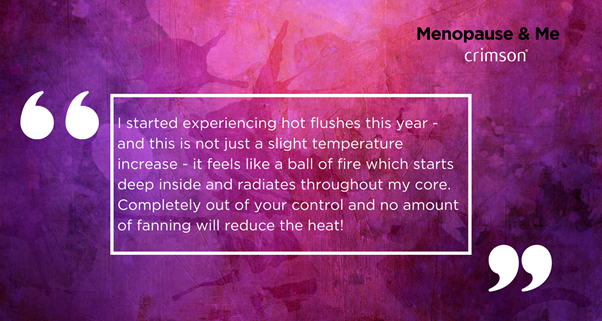
What are some of the most common symptoms?
Physical symptoms of menopause can include the following:
- hot flushes
- insomnia
- fatigue
- poor concentration
- headaches
- skin irritation
- urinary problems.
As a result of the above, or as an extension of the hormone imbalance, individuals going through the menopause can also experience psychological difficulties, including:
- depression
- anxiety
- panic attacks
- mood swings
- irritability
- problems with memory
- loss of confidence.
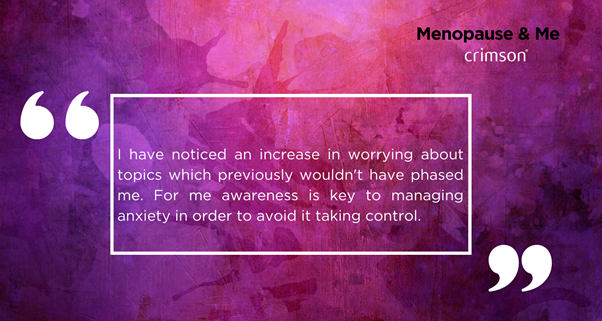
What treatments are there?
Menopause is a natural process; however, there are treatments you can explore to alleviate the symptoms. HRT therapies include Oestrogen-only HRT, combined HRT, Tibolone, and Testosterone. These may come in the form of patches, gels, tablets, and inserts. HRT has long been associated with a small increased risk of cancer; however, this isn’t the case with every type, and some hormone replacement therapies can help reduce health risks such as osteoporosis.
Finding the right treatment can be complicated, and a recent survey suggests that almost half (48 percent) of doctors do not feel confident prescribing HRT. Alternatives to HRT include herbal medicines, holistic treatments such as acupuncture, aromatherapy, and non-hormonal medications. Diet and exercise can also help to relieve symptoms. So, it’s easy to understand why so many people feel frustrated and fearful.
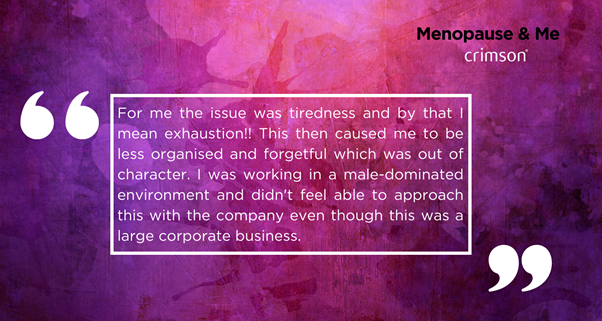
Menopause in the workplace
Now we understand a bit more about menopause and how it affects people; let's delve a little deeper and review some of the menopause workplace statistics.
Over 33 percent of the workforce are aged 50 plus, and according to the Faculty of Occupational Medicine (FOM), nearly 8 out of 10 menopausal women are in work. Women are often at the peak of their career when entering menopause, many train younger employees.
Dr Louise Newson, a leading menopause expert, surveyed 3,800 women in the UK and found that 99 percent felt that menopause had negatively impacted their careers.
Other statistics from the survey state:
-
Approximately 59 percent took time off work due to symptoms, and 18 percent were absent from work for eight weeks. Reasons for taking time off included reduced efficiency (45 percent), poor quality of work (26 percent), and poor concentration (7 percent). Fifty percent of those that took time off resigned or took early retirement.
-
One in five women passed on the chance to get a promotion they would have otherwise considered, 19 percent reduced hours, and 12 percent resigned.
-
Of those given a sick note, only 5 percent said menopause was cited on their certificate, while more than a third had anxiety and stress documented.
-
Sixty percent said their workplace offered no menopause support.
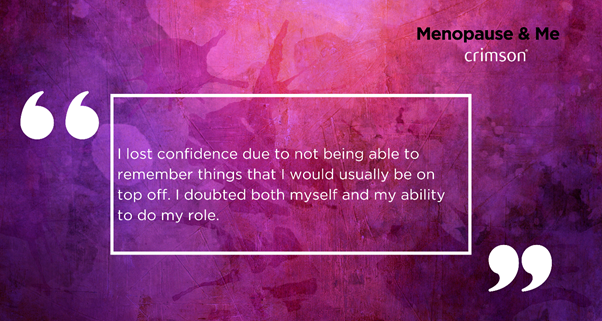
Shockingly a survey by The Latte Lounge and Fertifa revealed that 42 percent of women said they had considered leaving their job because of menopause and 70 percent were reluctant to speak to their employer; why? They could be fearful of being judged or blocked from any further progression. If employers don’t encourage conversation and provide support, they could fail to retain a diverse workforce. According to PEW Research Centre, Women are 34 percent better at working out a compromise and other aspects such as ethics and mentoring. Menopause initiatives can also help to attract candidates.
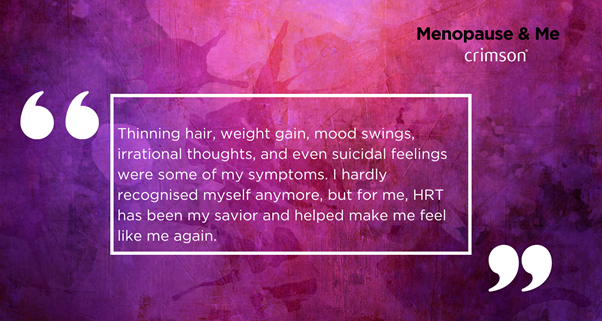
What support can employers provide?
Do not assume that a person is menopausal or make assumptions about adjustments. Instead, think about the roles within your organisation and how some of these may be more difficult with menopausal symptoms, for example, long shifts or restrictive clothing.
Promote a culture where topics such as menopause are normalised
Don’t single out all the women over a certain age; educate everyone. Publish blogs, organise training sessions and appoint a Menopause champion. Use your intranet to share content and signpost to articles and communities. Be mindful that menopause could be impacting someone’s performance, and remember that trans, intersex and non-binary people can also experience symptoms.
Establish a menopause policy or guidelines to highlight support
Here you can share example adaptions, training, and what you have in place to prevent menopause discrimination.
Make adaptions that benefit colleagues
You are required by law to complete risk assessments. Therefore, it would be best to consider whether any of your working practices or the environment exacerbate menopause symptoms and make adaptions accordingly.
You may wish to;
· Allow unscheduled breaks
· Provide access to fans
· Enable changes to uniforms
· Offer access to showers
· Allow time off or home working.
Educate everyone
Managers must understand menopause to be able to support colleagues; from having sensitive conversations and bias training to employment law. Invite a Menopause expert to deliver a workshop to colleagues. If Healthcare is one of your benefits, ask the provider to give your more information about their menopause treatments.
Once you have everything in place you could apply for a menopause friendly accreditation: Menopause Friendly Accreditation - Menopause at Work - Home
Share your story
The pictures featured in this article are quotes from Crimson employees. Crimson will be launching their own menopause policy this month.
Everyone, regardless of gender or age, has a role to play in normalising menopause. Society is aware of ‘period poverty’; however, with menopause, there is ‘knowledge poverty’. By being armed with the information and sharing each other’s stories, we can all make informed choices. Menopause is just a phase, and many report feeling more powerful than ever before once they have found the right treatment for them. Menopausal women are the fastest-growing demographic in the workforce, so it makes perfect sense to give them the tools they need to succeed.
Useful links
Balance app which helps individuals identify symptoms.
Menopause Diagnosis and Management; Overview | Menopause: diagnosis and management | Guidance | NICE
Menopausesupport.co.uk – Supporting You Through Change
What every Woman needs to know about the menopause
Crimson is an IT consultancy, an IT solutions provider, an IT recruitment agency, and a Microsoft Gold Partner operating across the UK.


